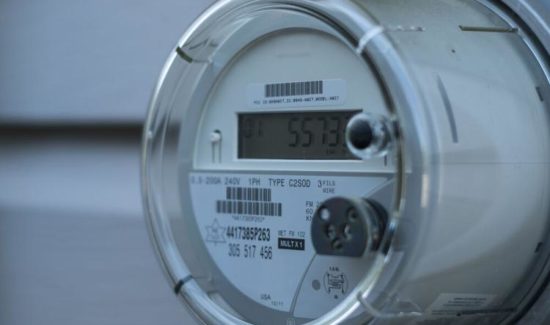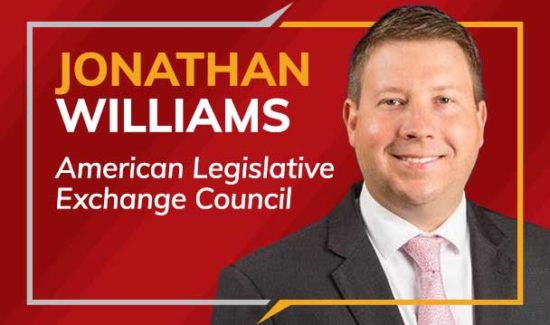Rocky Road to Camelot
"Don’t let it be forgot, that once there was a spot, for one brief shining moment, that was known as Camelot." These lyrical lines from the musical "Camelot" were among assassinated President Jack Kennedy’s favorites.
This month, America commemorates the tragic events in Dallas a half century ago that robbed the country of a fabled president destined to be enshrined in national memory as the symbol of Camelot.
The Camelot story is well known. Less well known, however, is the early road to Camelot ran through Pennsylvania. The state’s role in the story begins in the 1960 presidential campaign – now remembered as the beginning of the modern era of media dominated politics – and Pennsylvania played a major part in it.
At the Los Angeles convention that would nominate Kennedy, one key player was the former Pittsburgh mayor who had become Pennsylvania’s governor, David Lawrence, already a veteran of national convention politics. Two years earlier, Kennedy had thought his main rival for the Democratic nomination in 1960 might be the popular mayor of Pennsylvania’s other major city, Philadelphia’s Richardson Dilworth. Dilworth was considered for a brief period a rising national star in the Democratic Party. But he had unwisely passed on a Pennsylvania gubernatorial candidacy in 1958 and that decision effectively ended his future presidential ambitions.
Gov. Lawrence had become chairman of the Pennsylvania Democratic Party in 1934. One of the few politicians that successfully made the transition from political boss to a respected office holder, Lawrence was elected mayor of Pittsburgh in 1945 and governor of Pennsylvania in 1958.
At the outset of the presidential campaign, Lawrence was a man in personal conflict. He was reluctant to move the state delegation to support Kennedy despite considerable pressure to do so. He still harbored hopes for twice-defeated Adlai Stevenson, but more significantly Lawrence had real doubts that a Catholic could win the presidency. Although a Catholic himself, he was convinced that Kennedy would confront the same prejudice that doomed the presidential campaign of Al Smith in 1928.
Recognizing Lawrence’s importance, family patriarch Joe Kennedy earlier had asked Matt McCloskey, a wealthy Philadelphia contractor and fundraiser, to visit the governor personally and seek an endorsement for his son. McCloskey’s entreaties were unsuccessful, even after Joe Kennedy himself went to Harrisburg hoping to move Lawrence away from his neutrality.
Meanwhile, Lawrence’s efforts to keep the state’s delegation uncommitted in Los Angeles ran into strong opposition from other powerful Pennsylvania politicians already endorsing Kennedy — including Sen. Joseph Clark, Philadelphia powerhouse Congressman William Green, a future governor, Milton Shapp, and a bevy of county leaders. When it became apparent the convention would not deadlock, Lawrence finally threw his support to Kennedy and even made one of the seconding speeches nominating the Massachusetts senator.
Kennedy’s Catholicism did become a political problem for him. In a 1959 Gallup Poll, one in four voters told Gallup they would not support a Catholic candidate even if he was qualified. Many of these voters expressed concern that a Catholic president wouldn’t exercise his own independent judgment if it differed from church teaching.
Anti-Catholicism was not just a southern problem. In Pennsylvania, accounts of increasing anti-Catholicism were widespread. No one documented this sentiment more clearly than famed Pennsylvania novelist James Michener, whose works, such as Tales of South Pacific, and Hawaii, made him one of the nation’s most distinguished writers.
In 1960, Michener campaigned nationally for Kennedy, eventually running his campaign in Bucks County. He wrote a post-election account of his efforts on behalf of JFK that he chronicled in an instructive but little read book, Report of the County Chairman. Michener’s Report detailed the increase in religious bigotry in Bucks County as the Kennedy campaigned progressed. The anti-Catholicism ranged from provocative pamphlets depicting Catholic prelates torturing Protestants to virulent hate literature mailed anonymously into homes. Michener believed these activities amounted to an organized campaign by anti-Catholic bigots, concluding that the religious issue permeated every aspect of the 1960 campaign in Pennsylvania.
Finally, in September, Kennedy confronted the issue addressing a group of hostile Protestant ministers meeting in Houston. There he pledged to keep church and state matters separate — a principle he called absolute. The speech defused the issue and today it is regarded as a defining moment of the campaign.
Kennedy ultimately profited from the emphasis on religion in the 1960 race. The Catholic population had been growing steadily and more Catholics paid more attention to the election than in previous years because of his candidacy.
Pennsylvania was typical of this trend. About 30 percent of the state’s adult population was Catholic, a significant proportion of the total vote. Allegheny, Westmoreland, Beaver, Cambria, Erie, Philadelphia and Lackawanna counties had large Catholic populations, and they had large increases in voter turnout.
Ultimately, Kennedy won the state in a squeaker, 51 percent to 49 percent, a mere 116,000 out of five million votes cast. He won just 15 counties, but they were chiefly the larger counties, most with significant Catholic populations.
Lawrence had not been wrong to worry about Kennedy’s Catholicism. But he was wrong to believe it would cost him the presidency.





